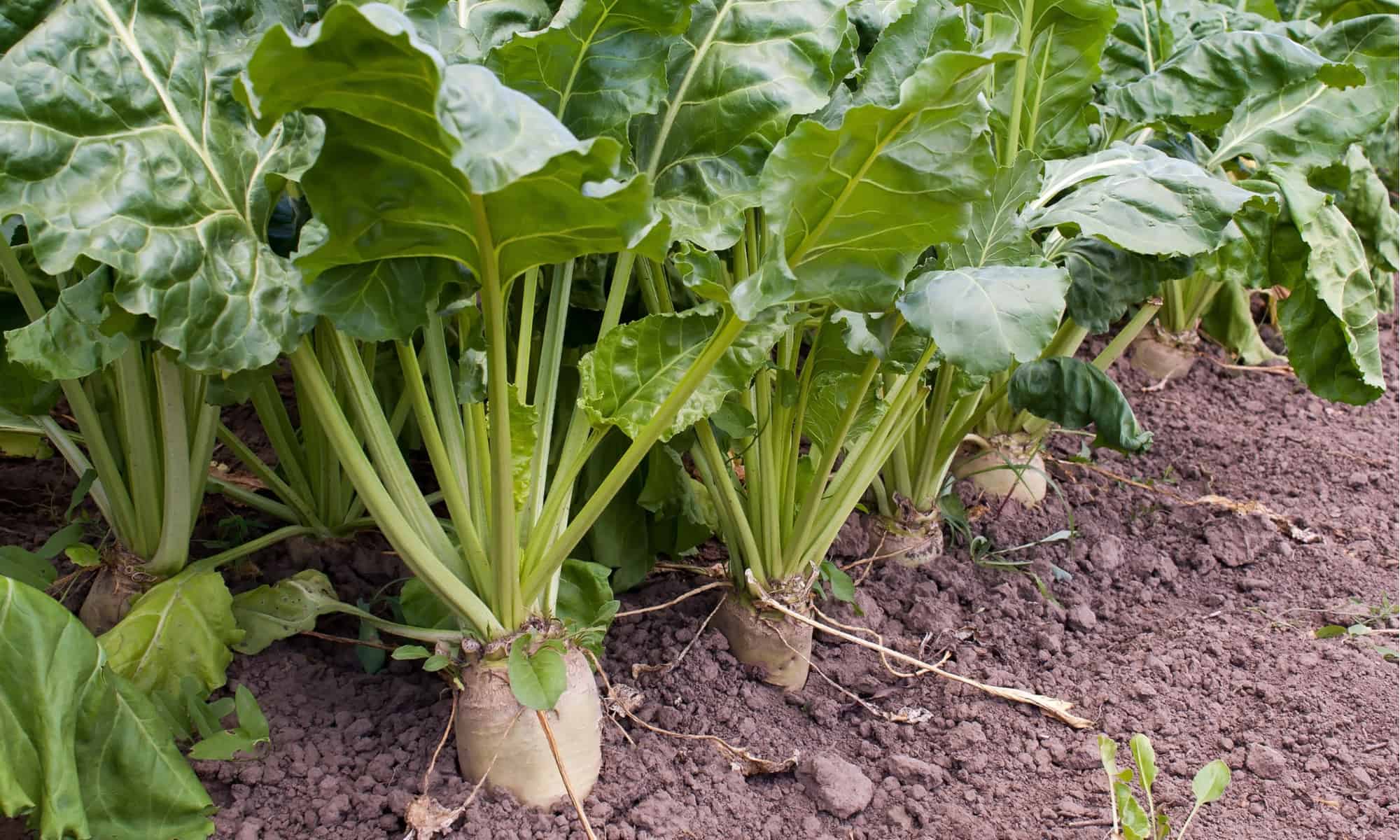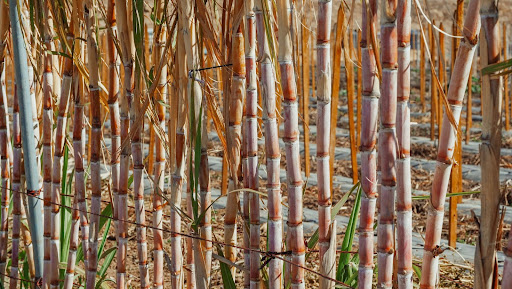Discover the Uses and Perks of Beet Sugar Vs Cane Sugar in Your Daily Diet Regimen
Discovering the distinct high qualities of beet and cane sugar discloses even more than simply their sweetening capabilities; it highlights their distinct effects on health and wellness and cooking arts. Beet sugar, recognized for its refined taste, is typically preferred in fragile treats, whereas cane sugar, with its hint of molasses, adds richness to robust dishes. Each type holds its own dietary profile and glycemic implications, inviting a deeper understanding of their roles in a balanced diet and sustainable usage techniques.
Beginning and Manufacturing Procedures of Beet and Cane Sugar

The unique climates and dirt kinds required for growing sugar beetroots and sugarcane add to differences in their cultivation techniques and geographic distribution, affecting the economics and sustainability of their production. beet sugar vs cane sugar.
Nutritional Contrast Between Beet Sugar and Cane Sugar
In spite of stemming from various plants, beet sugar and cane sugar are nutritionally really similar, both primarily containing sucrose. Each supplies regarding 4 calories per gram, translating to about 16 calories per teaspoon. Structurally, both sugars are composed of around 99.95% sucrose, with minimal quantities of other materials like wetness and trace element, which do not significantly alter their dietary accounts.

Ultimately, when selecting between beet sugar and cane sugar based on dietary content alone, both deal identical benefits and downsides as they are essentially types of the very same molecule-- sucrose, giving quick power without other nutrients.
Effect On Health: Glycemic Index and Caloric Content
Checking out additionally right into the results of beet sugar and cane sugar on health, it is essential to consider their glycemic index and caloric material. Both sugars are categorized as sucrose, which contains sugar and fructose. This structure leads them to have a comparable effect on blood glucose levels. The glycemic index (GI) of both beet and cane sugar is around 65, categorizing them as high-GI foods, which can cause quick spikes in blood sugar levels. This is a crucial element for individuals handling diabetes mellitus or those attempting to support their energy degrees throughout the day.
Each kind of sugar contains around 4 calories per pop over here gram, making their caloric content matching. For those checking calorie intake, specifically when managing weight or metabolic health problems, recognizing this equivalence is important (beet sugar vs cane sugar). Extreme consumption of any kind of high-calorie, high-GI food can contribute to health concerns such as weight problems, heart disease, and insulin resistance.
Environmental and Economic Factors To Consider of Sugar Production
Beyond health impacts, the manufacturing of beet and cane sugar additionally elevates considerable environmental and economic concerns. Sugar beet cultivation often tends to need cooler climates and has a lower geographical impact compared to sugar cane, which thrives in tropical regions. Both plants are extensive in terms of water usage and land profession, possibly leading to logging and water scarcity. Financially, the global sugar market is highly unstable, affected by changes in worldwide profession plans and subsidies. Lots of nations click this link incentivize sugar manufacturing through financial support, skewing market value and affecting small-scale farmers adversely.
Furthermore, the usage of chemicals and plant foods in both beet and cane sugar cultivation can result in soil deterioration and air pollution, further affecting biodiversity and regional water bodies (beet sugar vs cane sugar). The option in between cultivating sugar beet or cane typically depends upon local environmental problems and financial factors, making the sustainability of sugar production a complex problem
Culinary Applications and Flavor Differences
While the environmental and economic aspects of sugar production are certainly significant, the choice between beet and cane sugar likewise affects culinary applications and flavor profiles. Beet sugar, stemmed from the sugar beet plant, is known for its remarkably neutral taste. This makes it a versatile component in cooking, where it does not change the flavor of other elements. It dissolves quickly and is perfect for use in cakes, cookies, and pastries.
Walking cane sugar, removed from sugarcane, usually preserves molasses traces, which pass on a distinctive splendor and deepness. This slight molasses flavor boosts the intricacy of baked products, sauces, and marinades. It is specifically preferred in products where a sugar touch is desired, such as in brownies or gingerbread. The slight variant in dampness material in between beet and cane sugar can affect the appearance and uniformity of recipes, making cane sugar a favored selection for particular dishes that benefit from its special residential or commercial properties.

Final Thought
To conclude, both beet and cane sugar have unique beginnings and manufacturing procedures, using similar nutritional accounts with slight distinctions in salt material and flavor. While their influence on health, specifically concerning glycemic index and calories, is comparable, the selection in between them commonly comes down to environmental, financial variables, and certain cooking needs. Understanding these facets view website can assist consumers in making informed choices that straighten with their health and wellness goals and flavor choices.